The National Gallery in London: Where to Start?
Having lived in London for the past three years as an art lover, I have had more than my fair share of questions about where to “start” at the...
Sophie Pell 3 February 2025
23 July 2024 min Read
On September 14, 1918, Wilhelm Hansen founded one of Europe’s finest collections of Impressionist paintings in his summer house not far from Copenhagen. Yet, four years later, his bank became insolvent, and Hansen was about to lose everything he owned. He made an offer to the Danish state to acquire his entire collection for one million Danish krone. But the state said no…

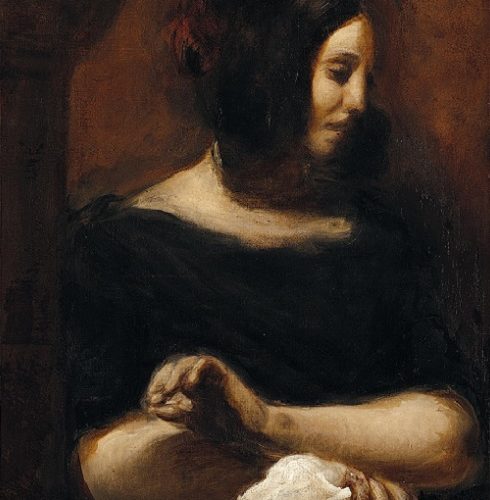
Wilhelm Hansen (1868–1936) was an insurer, state advisor, and philanthropist. From 1893, he often traveled to Paris on business, and from his letters, it is known that he loved visiting museums and art salons to admire contemporary painting. As his sixth sense suggested, these paintings quickly increased in value on the art market. A year after the outbreak of the First World War, he began making plans to create a grand collection of late 19th-century French paintings.
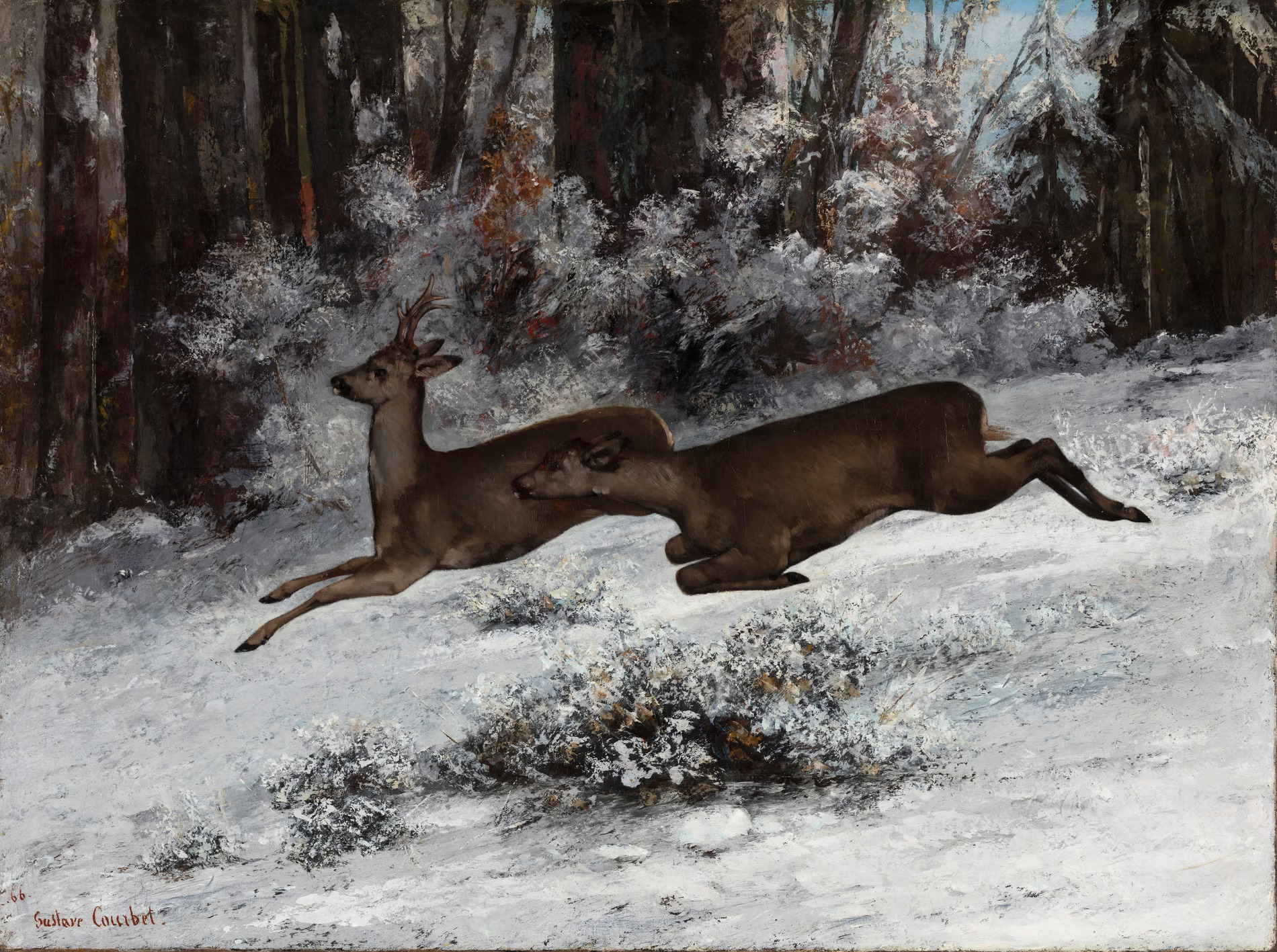
Being a real visionary, Wilhelm Hansen would buy up to 12 works by each of the most important French artists, such as Jean-Auguste-Dominique Ingres, Eugène Delacroix, Gustave Courbet, Camille Corot, Paul Cézanne, Édouard Manet, Claude Monet, Pierre-Auguste Renoir, Alfred Sisley, or Paul Gauguin. He often consulted on his choices with the art critic Théodore Duret, a friend and supporter of the Impressionist group.

Between 1916 and 1918, Hansen continued to buy art from leading art dealers such as Ambroise Vollard and Paul Rosenberg, as well as the painters’ relatives. For example, Gauguin’s first works arrived in the collection directly from the widow Mette Gauguin. Although war prevented Hansen from returning to Paris until 1919, he continued his purchases via various art brokers to eventually build a collection hailed by the Danish collector Klas Fahraeus as “the best collection of Impressionists in the entire world.”
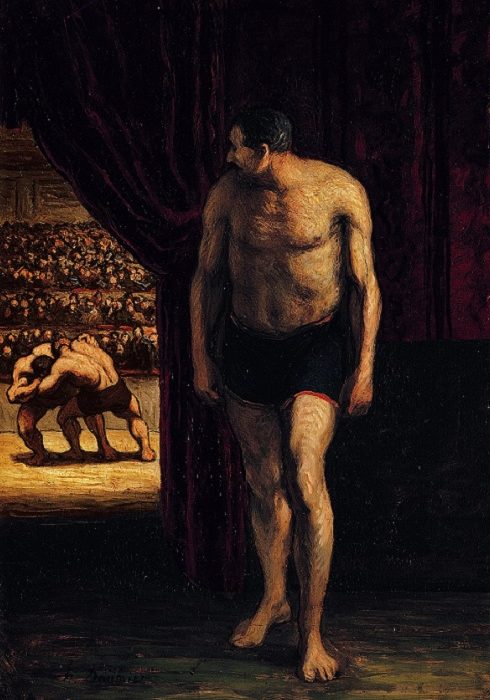
Wilhelm Hansen built a summer residence in Ordrupgaard, north of Copenhagen, where he designed a specific gallery for his paintings. Initially, the public had free access to the collection every Monday, and the press welcomed it enthusiastically.
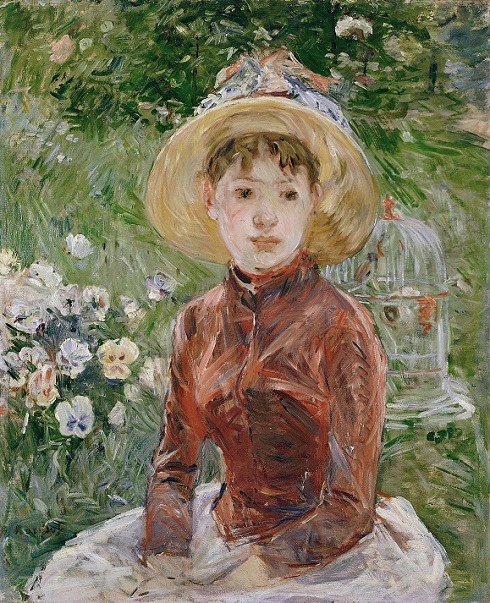
Yet, in 1922, Landmandsbanken, which was one of the biggest private banks in Denmark at the time, went bankrupt. Hansen offered to sell his collection to the Danish state for a modest fee, but the state declined to acquire it. Following this decision, Hansen was forced to sell his works to private collectors, primarily foreign, to pay off his debts.
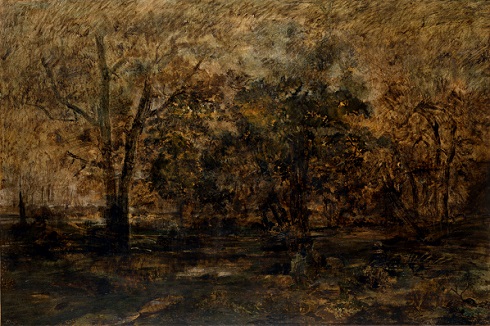
This could have seemed an end to his incredible collection, but Hansen didn’t give up, and as soon as he regained financial stability, he began repurchasing the artwork. By 1925, his collection was together again. Yet, embittered by the lack of support from Denmark, he decided to keep it closed to the public this time. After his death, his wife Henny offered the mansion to the state, and this time, the collection was accepted. Today, you can explore Hansen’s collection in Ordrupgaard—a gallery established in the Hansen mansion close to Copenhagen.
DailyArt Magazine needs your support. Every contribution, however big or small, is very valuable for our future. Thanks to it, we will be able to sustain and grow the Magazine. Thank you for your help!